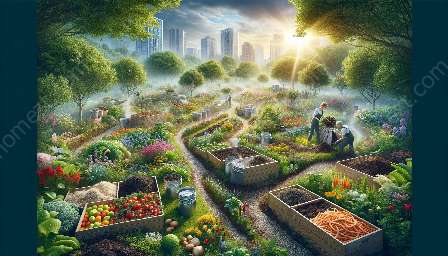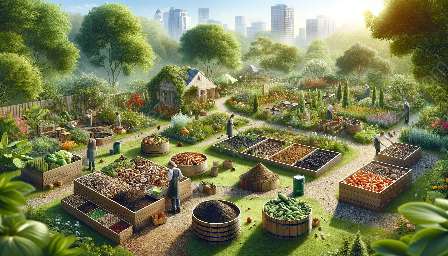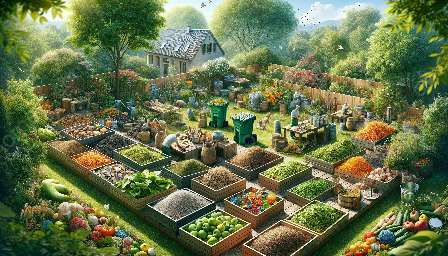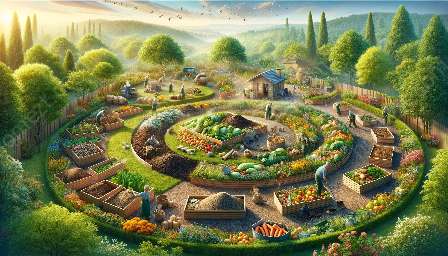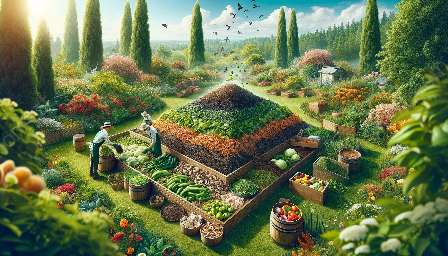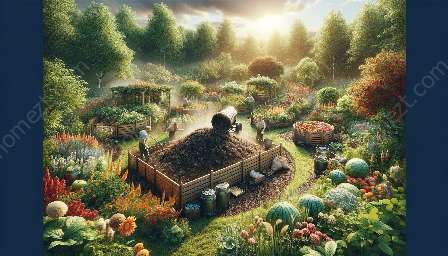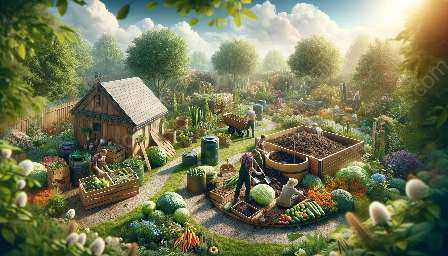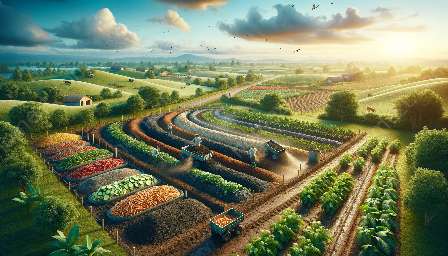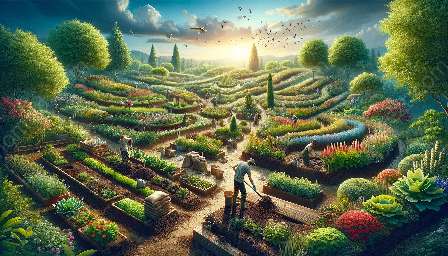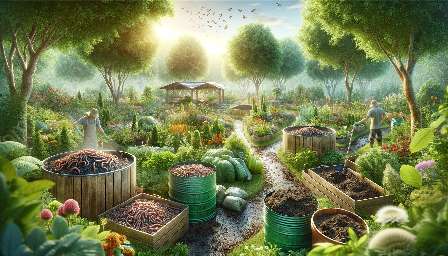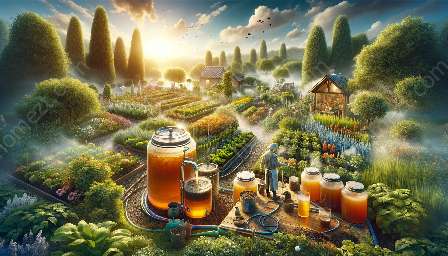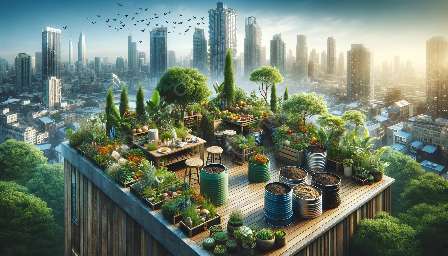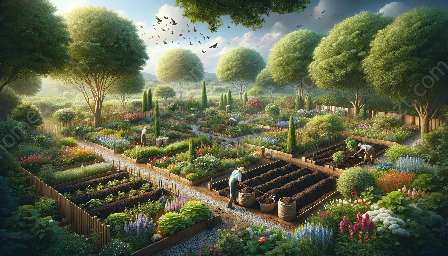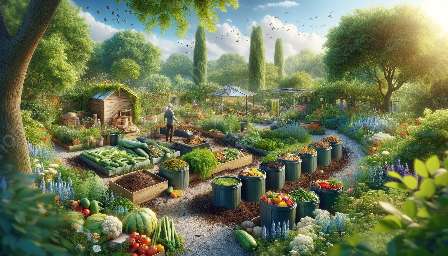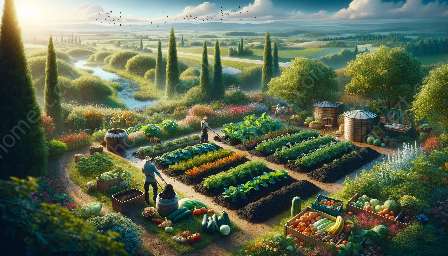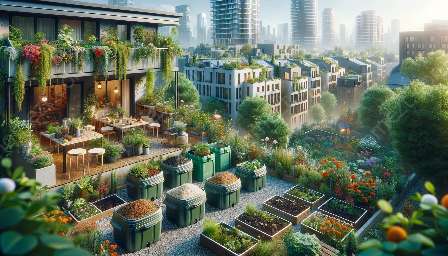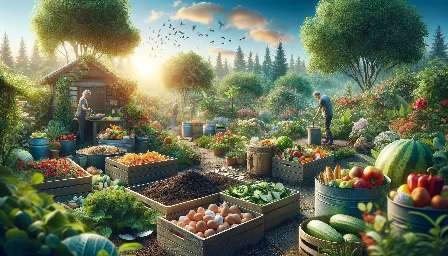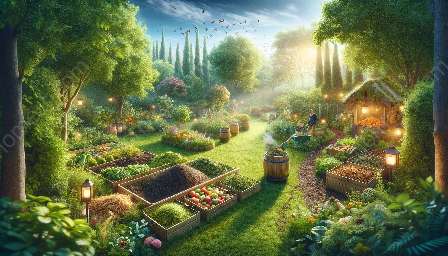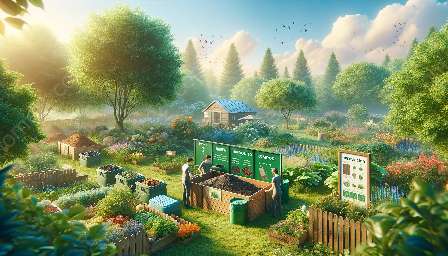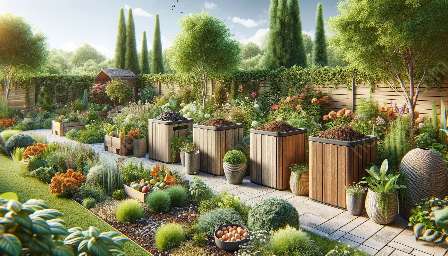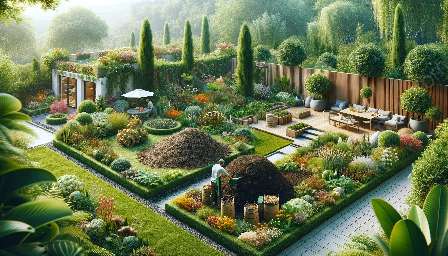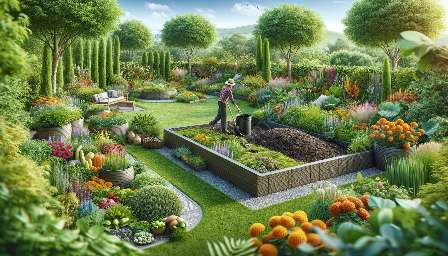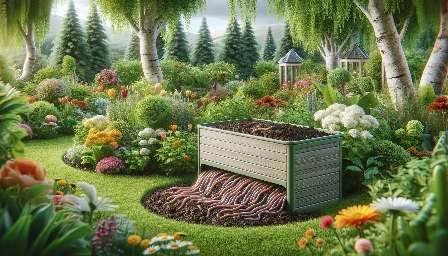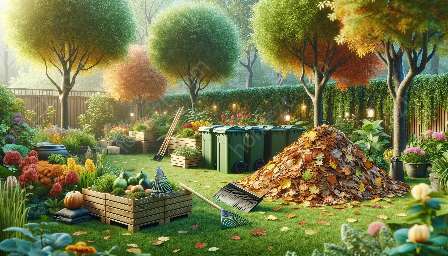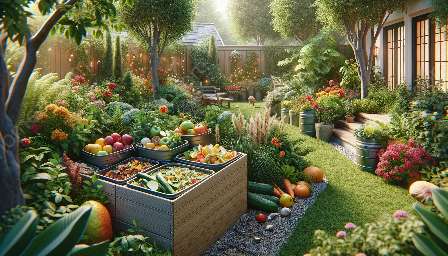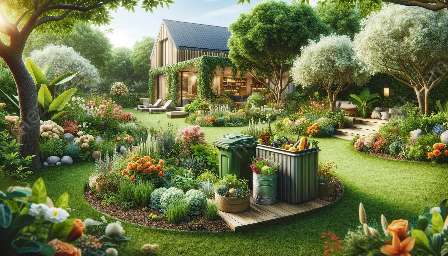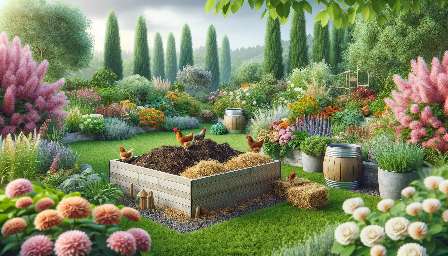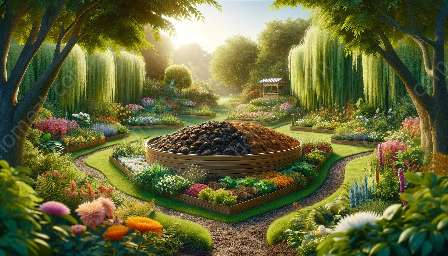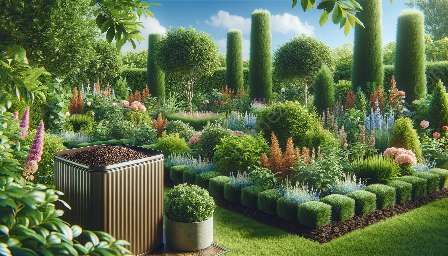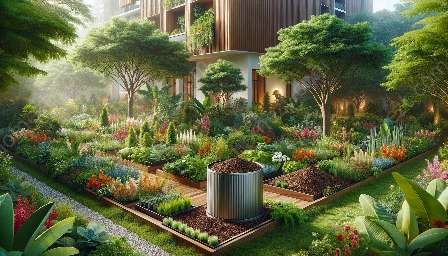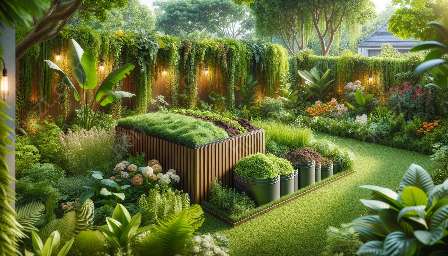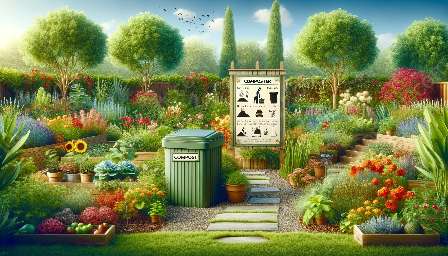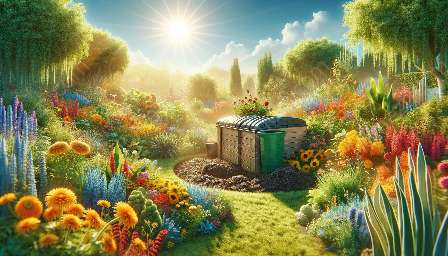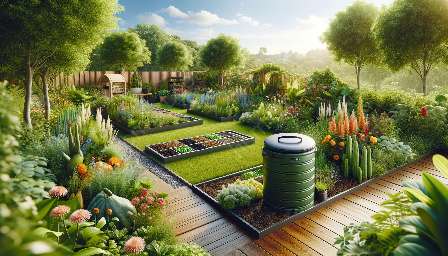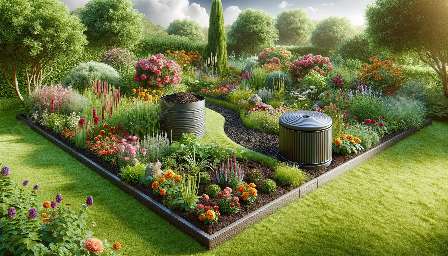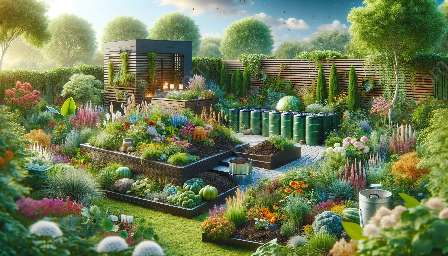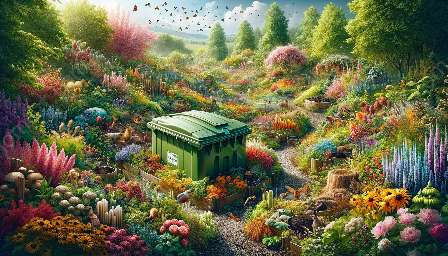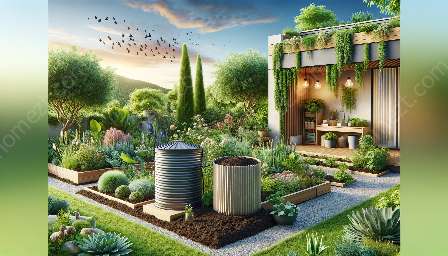Composting is an essential practice for gardeners and landscapers who want to enrich the soil and reduce waste. Building a compost pile is a rewarding and environmentally friendly activity that results in nutrient-rich organic matter. In this comprehensive guide, we will explore the art of building a compost pile, covering the essential steps, materials, and tips for successful composting.
Why Compost?
Composting is the process of breaking down organic material into a valuable soil conditioner known as compost. Compost is rich in nutrients and beneficial microorganisms, making it an ideal amendment for gardens and landscapes. By composting, you can reduce the amount of waste that goes to landfills while simultaneously enhancing the health and fertility of your soil.
Essential Steps for Building a Compost Pile
1. Site Selection
Choose a suitable location for your compost pile. Ideally, the site should be well-drained and receive partial sunlight. Avoid placing the pile too close to structures or trees, as it may attract pests or cause root damage.
2. Layering
Begin by creating a base layer of coarse materials such as twigs or straw to allow for air circulation. Alternate layers of green (nitrogen-rich) and brown (carbon-rich) materials to achieve the right balance for decomposition. Green materials include kitchen scraps, grass clippings, and plant trimmings, while brown materials consist of dry leaves, straw, and shredded paper.
3. Moisture Management
Keep the compost pile moist like a wrung-out sponge. Water the materials as needed to maintain the right level of moisture for decomposition. Avoid overwatering, as it can lead to anaerobic conditions and unpleasant odors.
4. Aeration
Regularly turn or aerate the compost pile to promote airflow and accelerate the decomposition process. This can be done using a pitchfork or compost turning tool. Adequate aeration prevents the formation of a smelly, anaerobic environment and ensures the production of high-quality compost.
5. Monitoring
Monitor the temperature, moisture, and odor of the compost pile regularly. The internal temperature should reach between 135°F and 160°F to kill pathogens and weed seeds. If the pile becomes too hot, turn it to reduce the temperature. A well-maintained compost pile will be free of foul odors.
Materials for Building a Compost Pile
To build a successful compost pile, gather a mix of green and brown materials. Green materials provide nitrogen, while brown materials supply carbon. Aim for a balance of roughly 1 part green to 3 parts brown materials. Examples of suitable materials include:
- Kitchen scraps (fruit and vegetable peels, coffee grounds, eggshells)
- Grass clippings
- Plant trimmings
- Leaves
- Straw
- Shredded paper
- Sawdust
- Wood chips
- Manure
Tips for Successful Composting
Follow these tips to ensure a productive and efficient composting process:
- Chop or shred materials to speed up decomposition.
- Avoid adding meat, dairy, or oily foods to the compost pile, as they can attract pests and create odors.
- Rotate the location of your compost pile every few years to distribute nutrient-rich compost across your garden or landscape.
- Cover the compost pile with a tarp or lid to retain moisture and heat, especially during heavy rain or cold weather.
- Add a compost activator or accelerator to jump-start the decomposition process.
- Consider using a compost bin or tumbler to contain the materials and control pests.
Using Compost in Gardening and Landscaping
Once the composting process is complete, the resulting compost can be used as a valuable soil amendment in gardening and landscaping projects. Mix the compost into the soil to improve its structure, fertility, and water retention. Compost can also be used as a topdressing for lawns, a mulch for plant beds, and a nutritious additive for potted plants.
In Conclusion
Building a compost pile is an art that not only benefits your garden and landscape but also contributes to a sustainable and eco-friendly lifestyle. By following the essential steps, gathering the right materials, and implementing proven tips, you can create nutrient-rich compost to enrich your soil and promote healthy plant growth. Embrace the practice of composting as a rewarding endeavor that aligns with your passion for gardening and landscaping.

